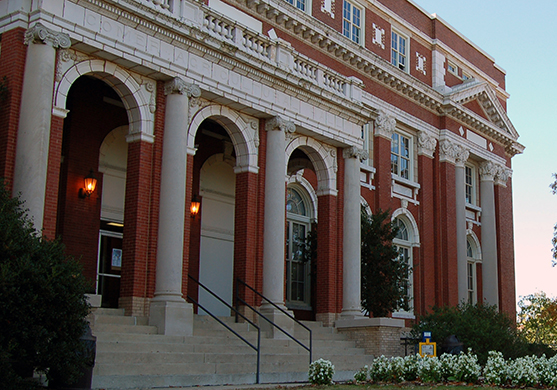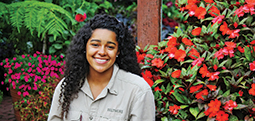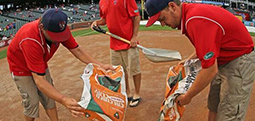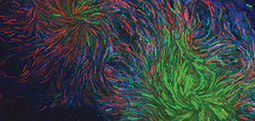| Current Issue | Past Issues | Subscribe | Ag Homepage |

Opinions and Insights
by
As another year comes to a close, I am reminded of how investments today in the College of Agriculture and the Alabama Agricultural Experiment Station can have such deep, long-term impacts on our state and region.
Fall semester 2013 began with the official opening of one of the region’s leading high-tech research facilities, the Mike Hubbard Center for Advanced Science, Innovation and Commerce. We are grateful to Speaker of the House Mike Hubbard for securing more than $14 million in state matching funds that helped make this excellent facility a reality for Auburn and for the state’s agricultural industry. The 84,000-square-foot facility, CASIC, is located in Auburn’s Research Park and is now the hub of much of our AAES research activity.
Within its walls, researchers are tackling some of our leading agricultural, economic and societal issues, such as bioenergy, water resources, food safety, genomics, irrigation and more. I believe that in the next decade, the research currently underway in CASIC will lead to major progress for the state in the form of a renewable energy program, growth in crop production and new technologies that will help build new industries.
I believe we can expect a similar type of impact through advancements recently made for our Biological Engineering Research Laboratory. Three-quarters of the funding for the extensive renovation of this 65-year-old facility came through a competitive grant from the National Science Foundation. As a result, the faculty and students of our Department of Biosystems Engineering now have new capabilities and advantages in their research.
Their research focuses on a variety of issues, such as safe and healthy food-processing techniques, biofuels, environmental preservation and improved management of natural resources. I am confident that the excellent research facility in which they are now working will help recruit more of the best and brightest students and faculty to Auburn.
But these excellent faculty, students and researchers are only partially to credit for the solutions and the advancement and progress that is coming from these research facilities. Progress like this—progress that ultimately impacts our entire state, region and world—begins with people like you. It begins with people who believe these local and global issues exist, who believe new solutions are needed, who believe in the impact of great research and who believe in the students and faculty of Auburn University.
Your generosity and your influence are at the root of every success and every step forward. Thank you for all you do, and may we all continue to work together in 2014 toward greater solutions and discoveries.








